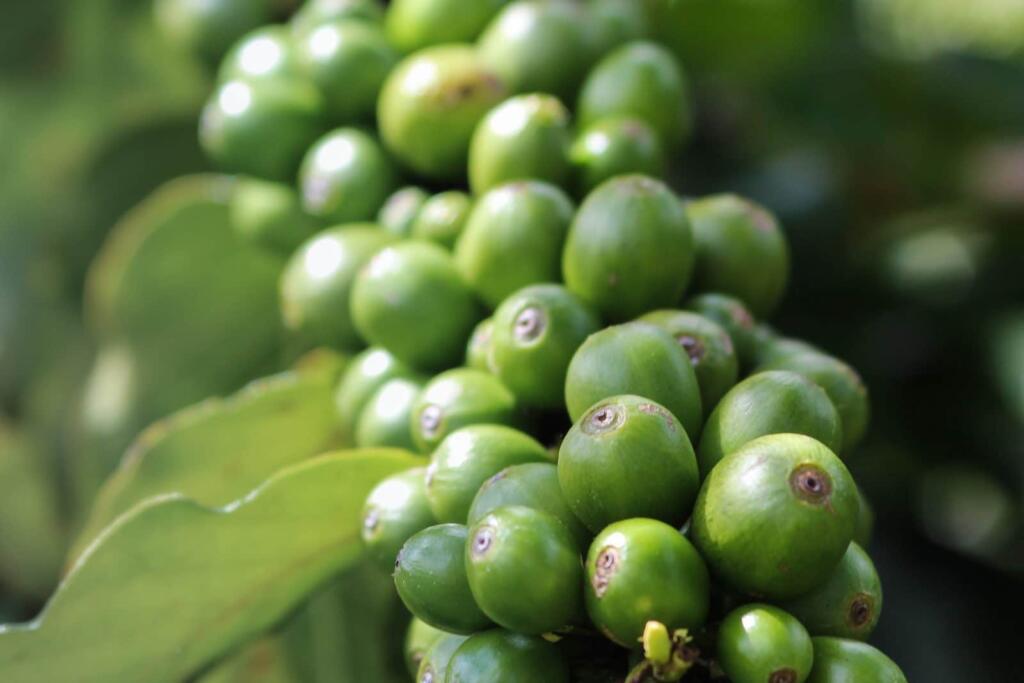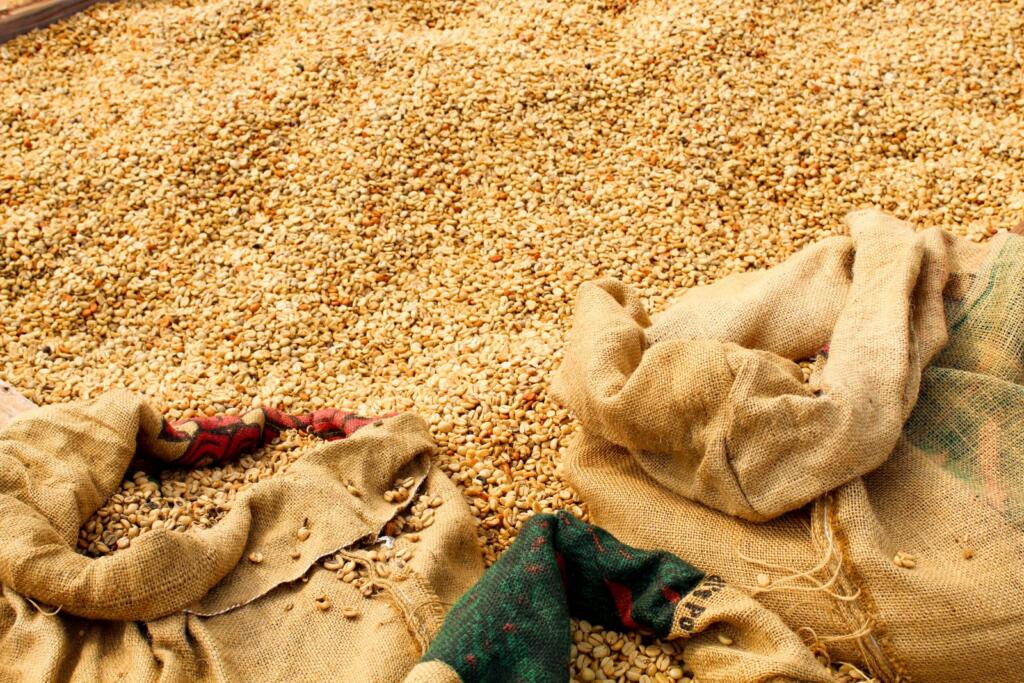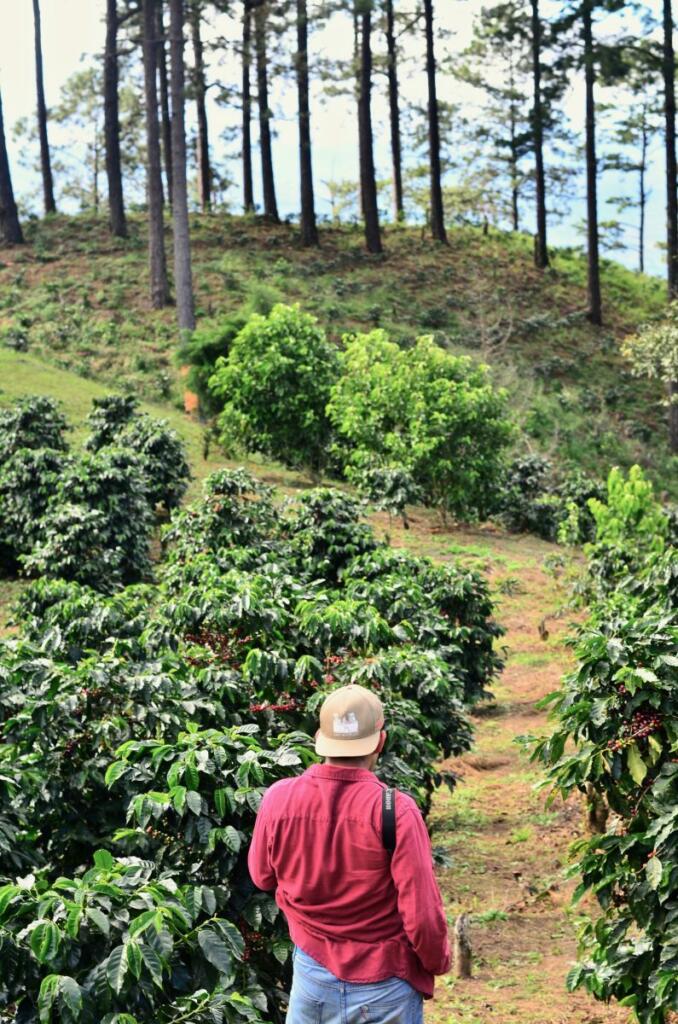The coffee industry is a global phenomenon that employs millions of people and provides the world with one of its favorite beverages. However, the journey of coffee from farm to cup is a complex and fascinating process that many people are unaware of.
Table Of Contents
−- Different types of coffee farming
- The environmental conditions for coffee cultivation
- How is coffee dried?
- How long does it take coffee plants to mature?
- Why is coffee farming not lucrative?
- What does fair trade certification mean for coffee farmers?
- Is the Rainforest Alliance good for coffee farmers?
- Pros and cons of coffee farming certifications
- The Economic Challenges of Coffee Farming
- Conclusion
In this article, we explore the ins and outs of coffee farming, including the different types of coffee farms, the environmental conditions required for successful coffee cultivation, and the challenges faced by coffee farmers.

Join us as we delve into the world of coffee farming and discover what it takes to bring you your daily cup of joe.
Or go to: how you can grow your coffee plant at home. If you instead learn about that.
Different types of coffee farming

Depending on the farming practices and scale of production, coffee farming can be broadly categorized into three main types:
- Organic Coffee Farms: These farms prioritize the use of natural and sustainable methods, avoiding the use of synthetic pesticides and fertilizers. Organic coffee is produced in compliance with specific standards and fetches a premium price in the market.
- High Production Farms: These commercial farms focus on large-scale coffee production and are characterized by the use of modern machinery and techniques. They contribute significantly to the overall coffee output in countries like Mexico and Vietnam.
- Small Family-Owned Farms: The majority of the world’s coffee is grown by small-scale farmers who rely on traditional farming methods. These farmers are the backbone of the coffee industry and play a crucial role in providing consumers with a variety of coffee beans.
Organic coffee farms
Organic farms involve the non-use of pesticides, fertilizers, and other chemicals to boost the yields. Yields are extra healthy and expedite berries ripening in the right way within a few weeks. Coffee is considered organic if;
- It has been produced without pesticides or chemicals for the past three years.
- It is grown in particular organic coffee crops—no alteration of soil movement or rain on the farm.
- Pest control methods do not involve pesticides, and the soil is fertilized through compost to keep it chemical-free.
Organic coffee fetches high prices as compared to standard coffee beans. However, it is a common practice in Brazil.

High production farms
About 20% of farms not owned by families are operated in this manner. The commercialization of coffee growing in Mexico and Vietnam is an excellent example of high coffee output farms.
Small family-owned farms
80% of the world’s coffee is grown by small-scale farmers. Over 125 million people rely on coffee farming for their livelihoods. 25 million are coffee farmers. They are the reason you get a cup of coffee every morning.
The environmental conditions for coffee cultivation
Coffee plants thrive under specific environmental conditions that vary based on the type of coffee being grown (Arabica or Robusta). Let’s take a closer look at the key factors that influence coffee cultivation:
Soil Quality and Depth
The health and productivity of coffee plants are closely linked to soil quality. Coffee trees require well-draining, loamy soil with a balanced pH. The composition and chemistry of the soil, including the presence of essential elements and minerals, affect the root structure and nutrient absorption of the plants.
The necessary elements & minerals needed for farming coffee

The coffee plant requires 16 essential elements for proper nutrition. These are divided into four groups based on their function and importance.
- Group 1: Carbon, oxygen, and hydrogen.
- Group 2: Nitrogen, phosphorus, and potassium. Also known as “macronutrients.” Coffee plants require a healthy amount.
- Group 3: Calcium, magnesium, and sulfur. It is known as “secondary elements,” obviously, because it doesn’t require as much as the macronutrients.
- Group 4: Zinc, boron, manganese, molybdenum, iron, copper, and chlorine. Known as “microelements,” they are essential but not as important as the other groups.
Temperature and Elevation
Consistent heat and a high elevation are vital for coffee plants to flourish. For example, Brazilian coffee farms are typically located at elevations of around 1,900 feet above sea level.
Toraja and Sumatra are two very high-quality and highly demanded coffee beans worldwide. They are grown on specific islands in Indonesia, up to 6,000 feet above sea level.
Elevation impacts the quality and flavor of coffee beans, with high-altitude coffee being highly prized.
The rising global temperatures will severely affect coffee production in the coming years. A report by I.P.C.C. revealed that South America and Africa would experience a massive reduction in coffee production because of changing conditions.
Rainfall and Climate Change
Optimal rainfall is necessary for coffee growth and ripening. However, climate change poses a significant threat to coffee production, with rising global temperatures affecting coffee-growing regions. Measures to mitigate the effects of climate change on coffee farming are essential to ensure the sustainability of the industry.
The rising global temperatures will severely affect coffee production in the coming years. A report by the Intergovernmental Panel on Climate Change (IPCC) revealed that South America and Africa would experience a massive reduction in coffee production due to changing climatic conditions. Farmers may need to adapt their practices or explore alternative crops in response to these changes.
How is coffee dried?

It takes up to six weeks to prepare coffee well. First, coffee is dried in the sun to dry the fluid in the cherries and prevent them from spoiling/rotting.
Farmers use aerated and raised beds to store berries while they dry. Constant turning throughout the day allows uniform drying. However, when it rains, the cherries must be covered.
How long does it take coffee plants to mature?
Coffee plants, whether Arabica or Robusta, have different maturation periods. From the time the coffee plant is planted, it takes three to four years to bear the first fruit. After this period, it will take another year for cherries to mature.
Arabica plants typically take longer to mature than Robusta plants, and their maturation period is influenced by environmental conditions such as temperature, elevation, and rainfall. Picking coffee before maturity may result in sour-tasting coffee and inconsistent drying. Each coffee plant produces an estimated one pound of roasted coffee per year.
Why is coffee farming not lucrative?
Coffee farming can be challenging due to factors such as massive wastage, volatile market prices, and exploitation by middlemen. For instance, if a farmer wants to yield 10,000 pounds of coffee, they will have to grow over 35,000 pounds of cherries.
Additionally, the cost of production, including labor, fertilizers, and pest control, can be high, making it difficult for small farmers to make a profit. Coffee is the second most traded commodity in the world after oil, and billions of coffee cups are consumed annually.
Despite this, farmers often receive only a small fraction of the final retail price. Fair trade initiatives aim to ensure that farmers receive a fair share of the profits.
What does fair trade certification mean for coffee farmers?

The coffee food chain involves farmers, middlemen, roasters, exporters, importers, companies, coffeehouses, and store shelves. It is a long chain, and every step involves some costs.
Fair Trade Certified means farmers get a sustainable share of the product value for a quality of life.
Living conditions in coffee-growing countries like Brazil, Vietnam, and Indonesia are not similar to those of the United States. Unfortunately, some companies take advantage of these economic disparities, thus affecting fair trade in coffee pricing and compensation ranges.
Ideally, Fairtrade ensures farmers get the most significant share from the product, but middlemen exploit them. They inflate the product prices but pay the lowest prices to farmers.
Is the Rainforest Alliance good for coffee farmers?

Rainforest Alliance aims to preserve the earth by providing incentives to distribute crops to roasters and intermediaries for a higher amount of the product. They are similar to Fair Trade but concerned with the environment.
Rainforest Alliance received a 97% accountability and transparency score on Charity Navigator and National Public Radio.
Rainforest Alliance gets farmers an extra 15% per pound of coffee from all the growing countries. Farmers must, however, upgrade their farms to get the certification.
Pros and cons of coffee farming certifications
Coffee farming certifications, such as Fair Trade and Rainforest Alliance, aim to promote sustainable and ethical practices in the coffee industry. The merits of certification include better pay for farmers, improved labor conditions, and environmentally-friendly farming practices.
However, there are also demerits, such as the costs associated with farm upgrades and training required for certification. Corporations like Starbucks have implemented their own programs, such as the C.A.F.E. Practices certification, to audit coffee farms and inspect farmers’ living conditions.

The Economic Challenges of Coffee Farming
While coffee is the second most traded commodity in the world, coffee farming is often not a lucrative venture for small farmers. High levels of wastage, exploitation by middlemen, and volatile market prices can impact the earnings of coffee farmers. Fair trade certification and initiatives like the Rainforest Alliance aim to address these challenges and ensure that farmers receive a fair price for their coffee.
Conclusion
Coffee farming is a multifaceted and dynamic industry that influences the lives of millions of people worldwide. From the diverse types of coffee farms to the environmental and economic challenges faced by coffee farmers, there is much to appreciate about the journey of coffee from farm to cup. As consumers, supporting ethically sourced coffee and fair trade practices can make a positive impact on the livelihoods of coffee farmers around the world.

Editorial Staff
The editorial staff at Crazy Coffee Crave is a team of coffee enthusiasts & Baristas who enjoy the one thing we all think about as soon as we get up in the morning. Trusted by thousands of readers worldwide.





